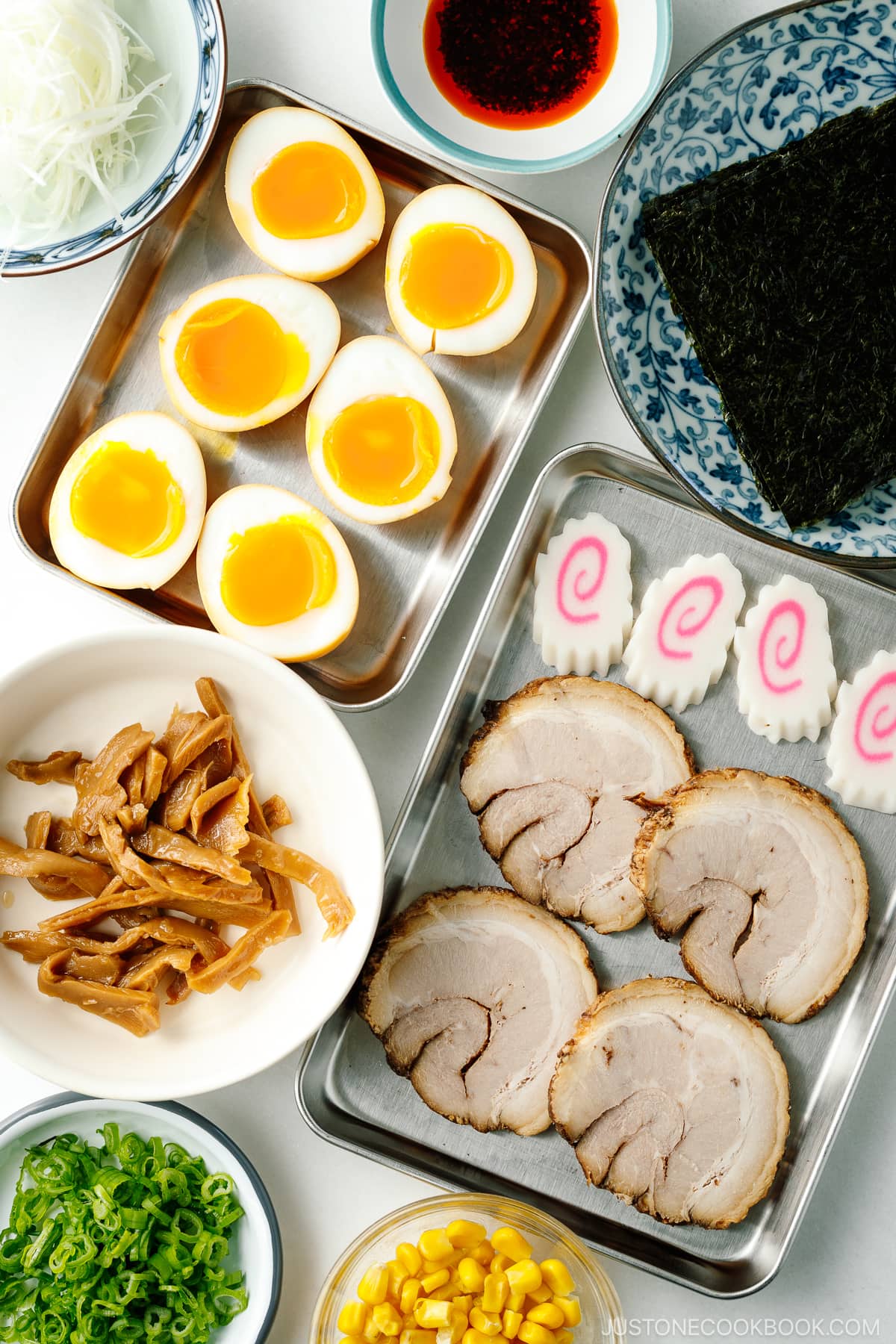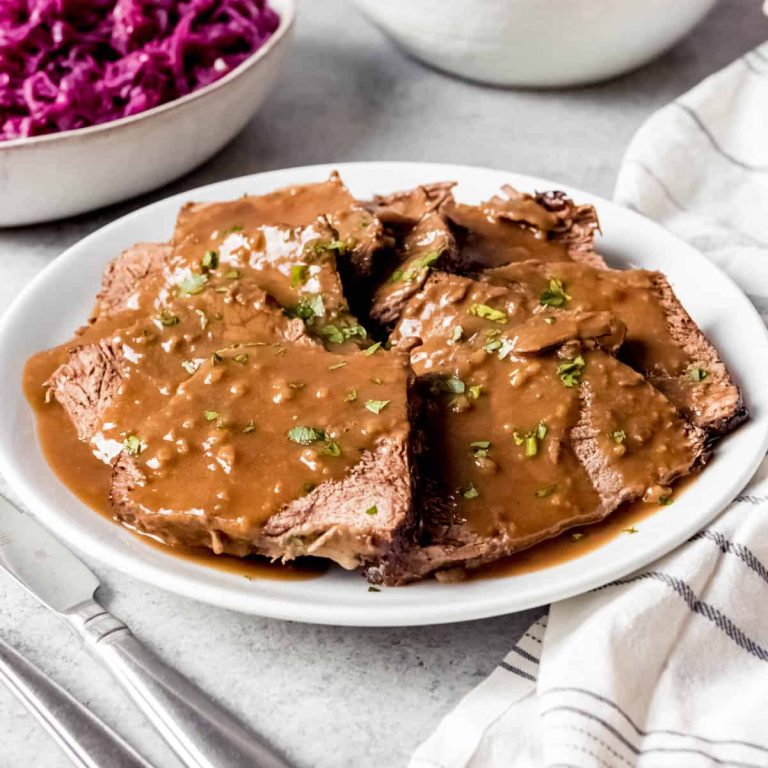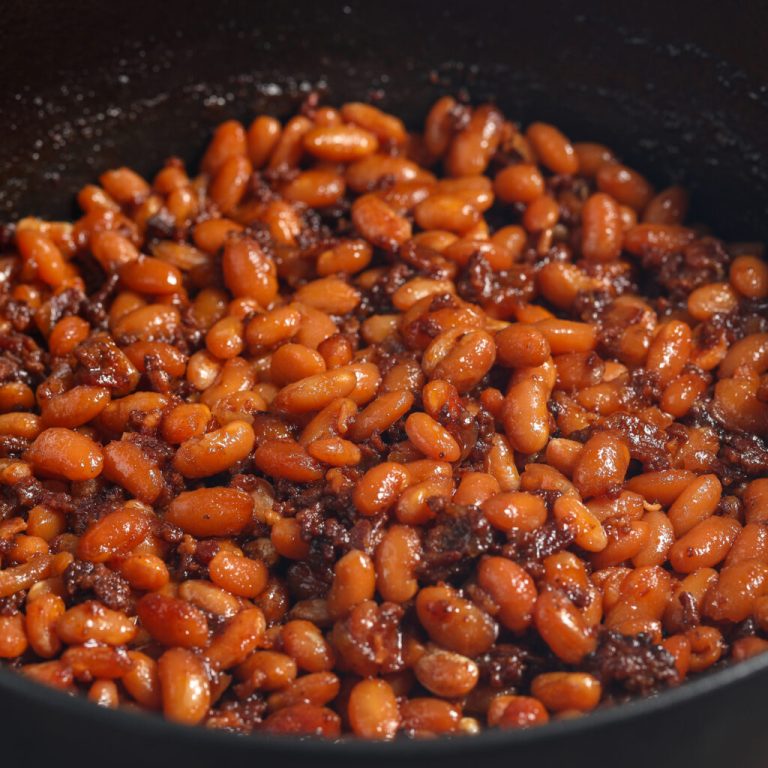Stir Fry Ramen: Delicious Recipes, Regional Twists, and Creative Serving Ideas
Asian cuisines have significantly shaped ramen’s development, particularly in Japan and China. Traditional Japanese ramen evolved from Chinese wheat noodles introduced in the early 20th century. Over time, Japanese chefs created distinct ramen varieties, each with unique broths and toppings. Regions such as Hokkaido and Kyushu became famous for specific ramen styles, like miso and tonkotsu. This amalgamation of influences laid the foundation for stir fry ramen, combining complex flavors and textures.
The Introduction of Stir Frying in Ramen Dishes
Stir frying added a new dimension to ramen dishes, offering a different way to enjoy the noodles. This technique involves cooking ingredients quickly over high heat while constantly stirring. Stir frying retained the noodles’ firmness and infused them with flavors from spices, vegetables, and proteins. Popular in Asian street food, stir fry ramen gained global recognition for its bold taste and quick preparation. Chefs and home cooks embraced it, creating endless variations that cater to diverse palates.
Ingredients That Make Stir Fry Ramen Stand Out
Noodles: Choosing the Right Type
The foundation of any great stir fry ramen is the noodles. Fresh ramen noodles are the best choice because of their chewy texture and ability to absorb flavors. If fresh noodles aren’t available, substitute with dried ramen noodles found in most stores. Wheat-based noodles are optimal, offering the right balance of firmness and flexibility. Always cook them just until al dente, then rinse with cold water to stop the cooking process and retain their bite.
Proteins and Vegetables: Essential Add-ins
Proteins and vegetables elevate the flavor and nutritional value of stir fry ramen. Popular proteins include chicken, beef, shrimp, and tofu. For chicken and beef, thinly slice to ensure quick cooking. Shrimp cooks rapidly and adds a seafood element to the dish.
Vegetables such as bell peppers, carrots, broccoli, and snap peas add color, crunch, and nutrients. Cut them into bite-sized pieces to ensure they cook evenly. Minced garlic and ginger contribute aromatic depth. Fresh herbs like cilantro and scallions offer a burst of freshness when added at the end of cooking.
Including these ingredients keeps the dish balanced and visually appealing, enhancing the overall dining experience.
Cooking Techniques for Perfect Stir Fry Ramen
Achieving the Perfect Stir Fry
Optimal ingredient preparation enhances stir fry ramen. Thinly slice proteins for even cooking. For instance, slice chicken breast or beef against the grain into thin strips. Mince vegetables, such as bell peppers and carrots, into uniform sizes to cook evenly. Use high heat to sear ingredients quickly. High heat prevents overcooking, retaining texture and flavor. A wok is ideal due to even heat distribution, but a large skillet works if unavailable. Constantly toss ingredients to avoid burning and ensure even cooking. Add garlic and ginger first to infuse aroma, followed by proteins, then vegetables. Finish by adding cooked noodles and sauce, tossing to coat evenly.
Tips for Cooking Ramen Noodles Just Right
Properly cooking noodles ensures the best texture. Boil noodles according to package instructions, usually 2-3 minutes. Do not overcook to avoid sogginess. Use a timer for precision. Rinse noodles under cold water to halt the cooking process and remove excess starch. Draining thoroughly prevents excess water from diluting the dish. Toss noodles with a small amount of oil to prevent sticking. Add noodles to the stir fry at the end to maintain their structure. Reheat briefly with the sauce, not exceeding 1-2 minutes, to combine flavors while preserving texture.
Popular Stir Fry Ramen Variations
Regional Twists on the Classic Dish
Different regions have put their unique spins on stir fry ramen, reflecting local tastes and ingredients. Korean-inspired stir fry ramen frequently incorporates gochujang (a fermented red chili paste), giving it a spicy kick and deep umami flavor. In Thailand, pad thai ramen combines tamarind, fish sauce, and lime juice with stir-fried noodles, producing a tangy and savory profile. Japanese yakisoba, which often uses ramen noodles, features Worcestershire sauce, cabbage, pork, and carrots for a sweet and salty taste.
Fusion and Innovative Recipes
Fusion recipes blend different culinary traditions with unique ingredients to create innovative stir fry ramen dishes. An example is Italian-style ramen, which uses olive oil, garlic, and parmesan cheese, balancing traditional Asian flavors with Mediterranean elements. Mexican-inspired ramen might include ingredients like jalapeños, lime, and cilantro, giving it a spicy and fresh twist. For a vegan option, using tofu, a variety of vegetables, and plant-based sauces like soy sauce and nutritional yeast can offer rich flavors without animal products.
Representation in Modern Cuisine
In modern cuisine, chefs experiment with various stir fry ramen techniques and ingredients, leading to new and exciting flavors. Popular examples include ramen carbonara, which combines the creamy elements of carbonara with the chewy texture of ramen noodles, and seafood ramen, which uses shrimp, scallops, and clams to introduce a taste of the ocean. These recipes show the versatility and adaptability of stir fry ramen in contemporary cooking.
Serving and Presentation Tips
Plating Stir Fry Ramen
When plating stir fry ramen, focus on creating an eye-catching presentation. Use shallow bowls to showcase the vibrant colors and various textures of the ingredients. Arrange the noodles in a nest shape in the center of the bowl, allowing toppings to be neatly placed around them.
Incorporate height and layers to add visual appeal. Stack vegetables like bell peppers, carrots, and bok choy on top, followed by placing proteins such as chicken, shrimp, or tofu. Drizzle a small amount of sauce over the top to enhance the dish’s look and flavor.
For added aesthetics, consider using contrasting colors. For instance, garnish with red chili slices, green onions, or sesame seeds to create a visually striking dish. This presentation style often elevates the dining experience, making your stir fry ramen appealing before the first bite.
Accompaniments and Garnishes
Pairing stir fry ramen with complementary sides and garnishes enhances the overall taste and experience. Popular accompaniments include steamed dumplings, spring rolls, or a simple side salad with an Asian-inspired dressing. These sides provide a variety of textures and flavors that complement the main dish.
Garnishes play a crucial role in adding final touches. Fresh herbs like cilantro, mint, and basil contribute an aromatic finish. Crushed peanuts or cashews offer a crunchy texture contrast. For a spicy kick, add a dollop of chili paste or a sprinkle of red pepper flakes.
Pickled vegetables, such as pickled ginger or radish, introduce a tangy element that cuts through the richness of the ramen dish. A squeeze of lime or lemon juice can add a fresh, zesty note. Thoughtful accompaniments and garnishes elevate the dining experience, making the stir fry ramen both visually appealing and deliciously balanced.
Conclusion
Stir fry ramen offers a delightful blend of flavors and textures that can easily be customized to suit your taste. From traditional recipes to innovative fusion dishes, the possibilities are endless. By experimenting with different ingredients and techniques, you can create a unique and satisfying meal every time. Remember to focus on presentation, as eye-catching plating can elevate your dining experience. Whether you’re a seasoned chef or a home cook, stir fry ramen is a versatile dish that promises to impress and satisfy.






